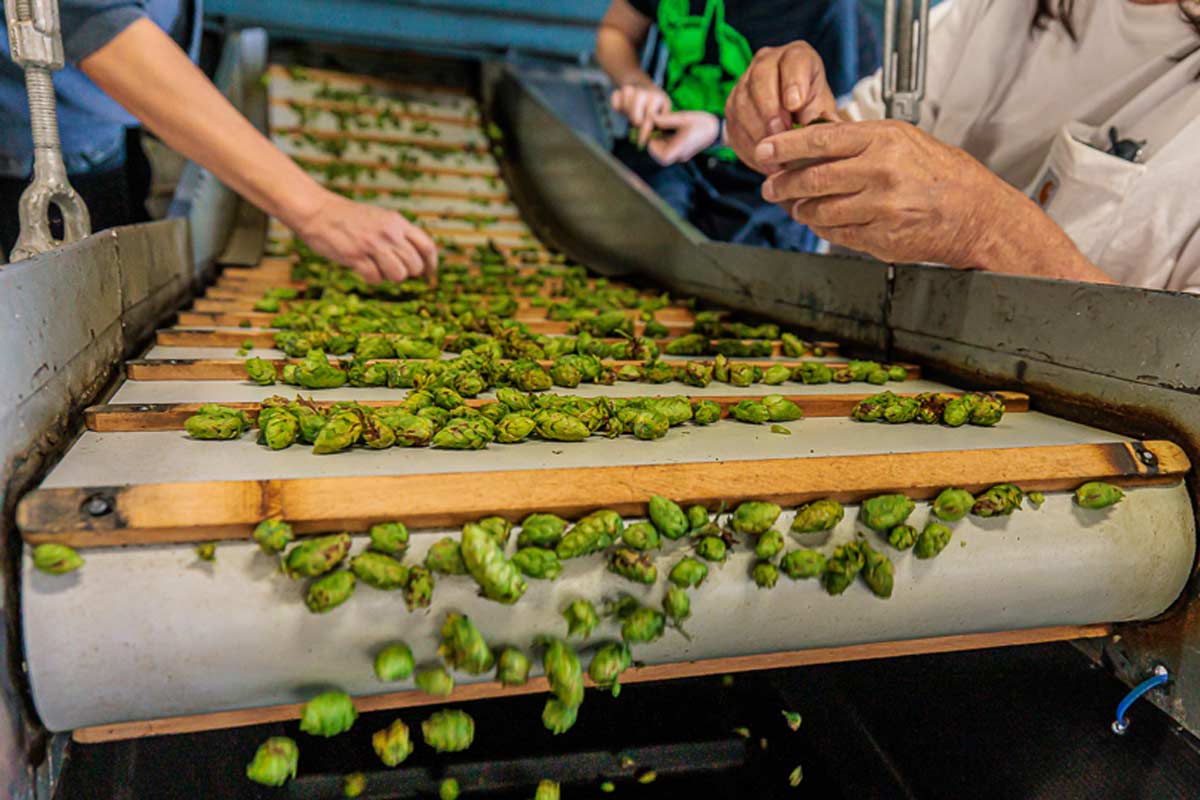
"While Michigan ranks number one in the Great Lakes region and number four nationally for total hop acreage, many of the women driving that success remain behind the scenes. From harvest coordination and greenhouse propagation to research and land stewardship, they're doing the work, just not always getting the credit. So, why Michigan? Hops are a little high maintenance. They like long, sunny days, but not too hot."
"Grapes grow on vines, but hops grow on bines. Unlike vines, which use tendrils to climb, bines rely on stiff hairs along their stems to wrap clockwise around twine and rise up, often more than 20 feet in a single season. "They're strong but delicate," says Mel Trowbridge of Top Hops Farm in Goodrich, Mich. "You've got to handle them with care when they're young, but later, during harvest, it's like wrestling a jungle.""
Michigan ranks first in the Great Lakes region and fourth nationally for hop acreage, supported by strong contributions from women across growing, propagation, research, and stewardship roles. Ideal hop conditions occur along the 45th parallel with long sunny days, cold winters for dormancy, and well-drained glacial soils. Hops climb on bines using stiff hairs and can exceed 20 feet in a season, requiring careful handling. Small independent growers face climate change, market contraction, and labor shortages. Michigan State University’s integrated pest management program and educator Erin Lizotte provide key support for pest management, climate adaptation, and crop concerns.
Read at CraftBeer.com
Unable to calculate read time
Collection
[
|
...
]